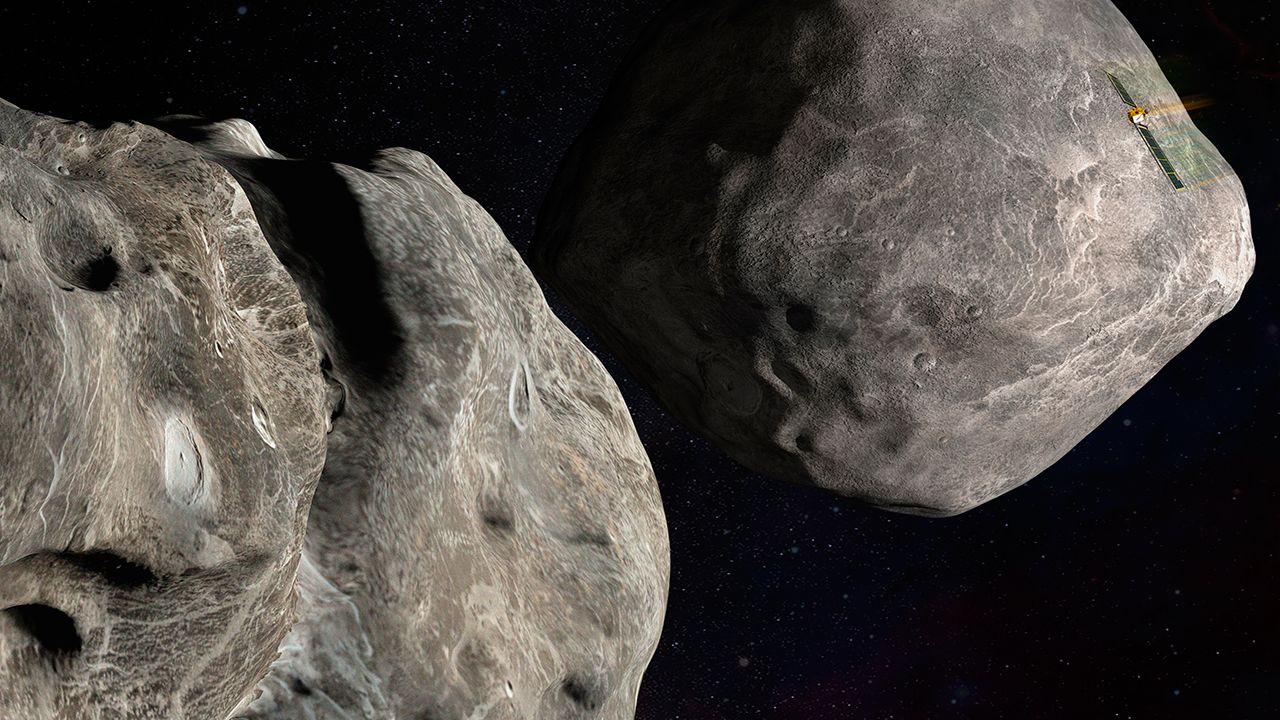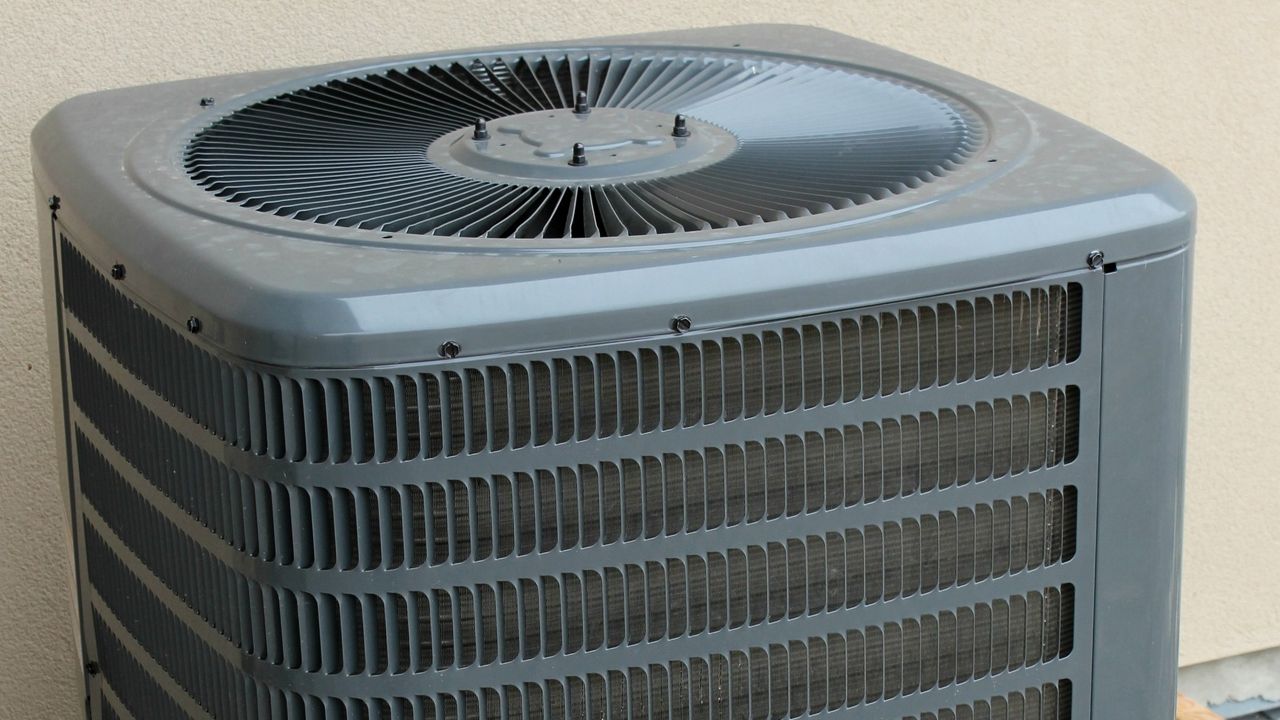It can be tricky trying to identify objects you see in the night sky.
Some might think that comets, asteroids and meteors are the same, but there are distinct differences between the three.
The thing they have in common is that they all orbit the Sun, but they vary in all other aspects.
First on our list are asteroids. These space objects are composed of all rock, and they are remnants of our solar system's formation billions of years ago.
We find most asteroids in the asteroid belt between Mars and Jupiter.
Unlike asteroids, comets consist of ice and dust. Their composition makes them appear fuzzy through a telescope, because when they get near the sun, the ice vaporizes.
To understand what a meteor is, we must first understand what a meteoroid is. Meteoroids are chunks that break off of asteroids and comets from a collision. NASA says they can “range in size from dust grains to small asteroids.”
If this meteoroid makes it into our atmosphere and burns up, it’s called a meteor, also known to us as shooting stars.
And if that meteor makes it to Earth’s surface, it’s called a meteorite!
The next time an asteroid, comet or meteor shower is on the way, take out the telescope to view these space wonders.
Head to a dark area, so the city lights don’t drown out your views.
Also, check out our 2023 celestial calendar for other amazing space events happening this year.
Our team of meteorologists dives deep into the science of weather and breaks down timely weather data and information. To view more weather and climate stories, check out our weather blogs section.
Shelly Lindblade - Weather Producer
Shelly Lindblade is a weather producer for Spectrum News. She graduated from Florida State University with a Bachelor's of Science in Meteorology and started her career in front of the camera as a broadcast meteorologist. After 4 years of TV broadcasting, she now loves updating the public on the latest weather news from behind the scenes.









